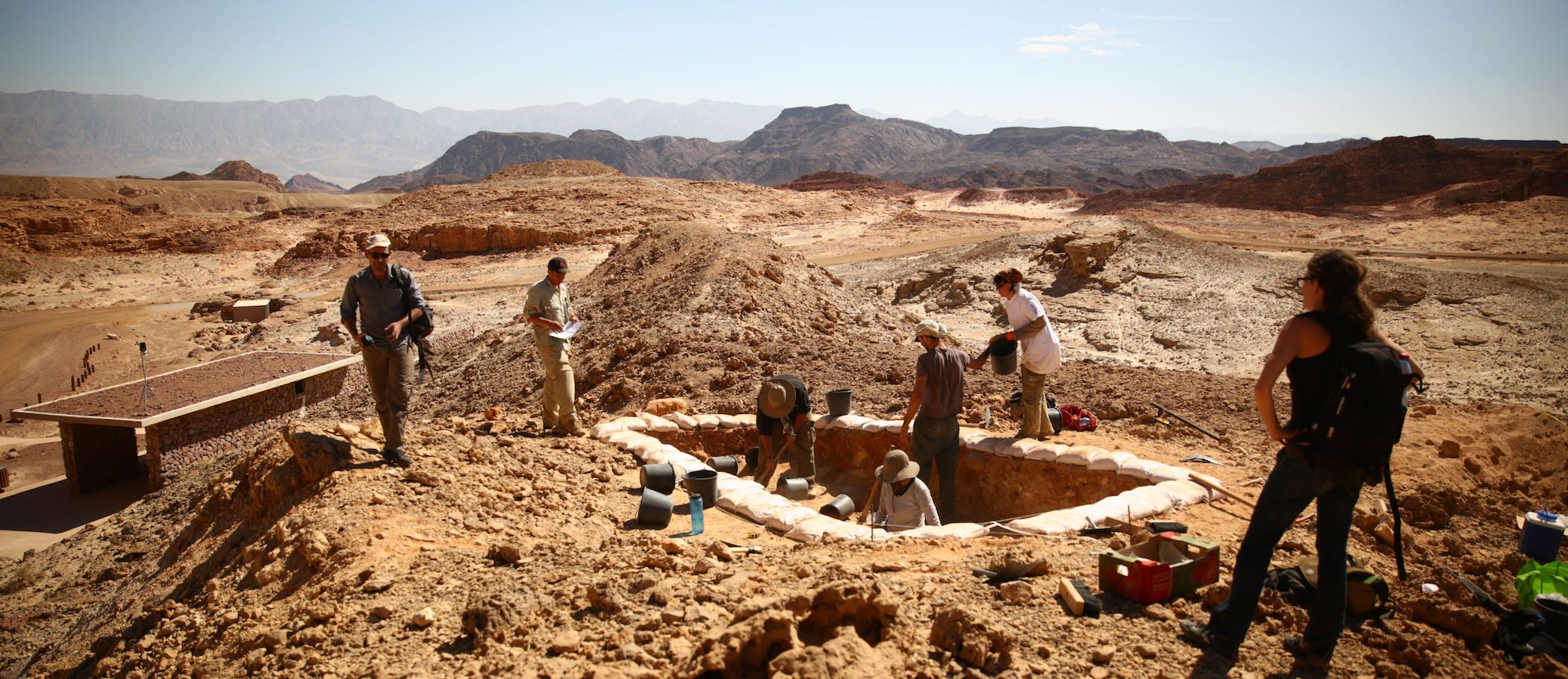When you buy through links on our land site , we may earn an affiliate commission . Here ’s how it works .
Two false mummy toes from Egypt may have actually swagger their stuff as running self-aggrandizing - toe prosthetic equipment for their owners , researchers have found .
The two toes — the Greville Chester housed in the British Museum and theCairo toeat the Egyptian Museum in Cairo — date back to before 600 B.C. , which the research worker say is much former than what had been moot the earliest know practical prosthesis ( called the Roman Capua ramification date to around 300 B.C. ) .

The original Cairo toe, made out of wood and leather, is housed at the Egyptian Museum in Cairo. The toe was found attached to a female mummy.
" We may just have the grounds to hint that nascent prosthetic scientific discipline was beginning to emerge in the Nile vale many hundreds of year earlier than in ancient Capua [ where the Roman prosthesis was found ] , " the researchers wrote in the Feb. 12 issue of the diary The Lancet . " Perhaps now ascription for the first glimmers of this limb of medicinal drug should be steadfastly place at the understructure of the ancient Egyptians . "
Mummy toe
The Greville Chester toe , key out after the reverend who get a line it in Thebes near present - day Luxor in Egypt , is made of cartonnage , which is a case of papier maché made by rob linen paper in creature gum and painting it with tinted plaster . It is shaped like a right big toe and at one sentence held a false toenail . The stilted toe shows considerable sign of wear , the researchers said , including foretoken of scratch .

The Greville Chester Great toe is on display at the British Museum in London. The toe dates back to 600 B.C. and may have been a true toe prosthetic for its owner.
Unlike the unowned Greville Chester , the Cairo toe was find fastened onto the right toe of afemale mummyidentified as Tabaketenmut who lived some time during the period from 950 - 710 B.C. " Tabaketenmut may have had diabetes , which could have caused ischaemic gangrene in the toe . The stump after healed without the need for stitch , " the research worker write .
The toe had certain feature , such as a simple flexible joint , that might have serve to mimic the toe marijuana cigarette , include a furrow , or chamfer , front sharpness , and a flattened underside for stability . Both toe frolic eight lacing holes on the internal edge and four on the out , potential to sequester the toe onto the invertebrate foot or secure it onto a wind sock or sandal , the researchers suggested .
" The wear on the Greville Chester toe and the important pattern features on the Cairo toe led me to speculate that these toes were perhaps wear off by their owners in life and not but tie to the ft during mumification necrosis for religious or ritualistic reasons , " researcher Jacky Finch of the University of Manchester said in a assertion .

Walking on false toes
But plenty of evidence frommummified remainswould suggest ancientEgyptian embalmersmade every attempt to restore a complete body before sepulture , they indite .
To test out replicas of the artificial toe to see if they were the real hatful , the researchers recruit two volunteers who had each fall behind their veracious heavy toe .

The toes had to encounter certain criteria to be classified as true prosthetic devices , the researcher say . The stuff had to be able to withstand someone ’s system of weights without cracking , and must look sufficiently lifelike . " The stump must also be continue clean , so it must be loose to take on and off . But most importantly , it must assist walk , " the investigator write .
The participants wore the toe with replica Egyptian sandals . While the squad did n’t expect either toe – the Cairo or Greville Chester – to run exactly like the real thing , one military volunteer walked extremely well with both toes , they constitute . Both unpaid worker enunciate the Cairo toe was peculiarly comfortable .
" My findings powerfully suggest that both of these design were capable of functioning as replacements for the lost toe and so could indeed be classed as prosthetic devices , " Finch said .

you could follow LiveScience managing editor in chief Jeanna Bryner@jeannabryner .















